1983 Pizza Hut Care Bear pink “Cheer Bear” glass: 115,900 ppm Lead (90 ppm is unsafe for kids — do you have these?)
For those new to this website:
Tamara Rubin is a multiple-federal-award-winning independent advocate for childhood Lead poisoning prevention and consumer goods safety, and a documentary filmmaker. She is also a mother of Lead-poisoned children (two of her sons were acutely Lead-poisoned in 2005). Since 2009, Tamara has been using XRF technology (a scientific method used by the U.S. Consumer Product Safety Commission) to test consumer goods for toxicants (specifically heavy metals — including Lead, Cadmium, Mercury, Antimony, and Arsenic). All test results reported on this website are science-based, accurate, and replicable. Items are tested multiple times to confirm the test results for each component tested. Tamara’s work was featured in Consumer Reports Magazine in February of 2023 (March 2023 print edition).
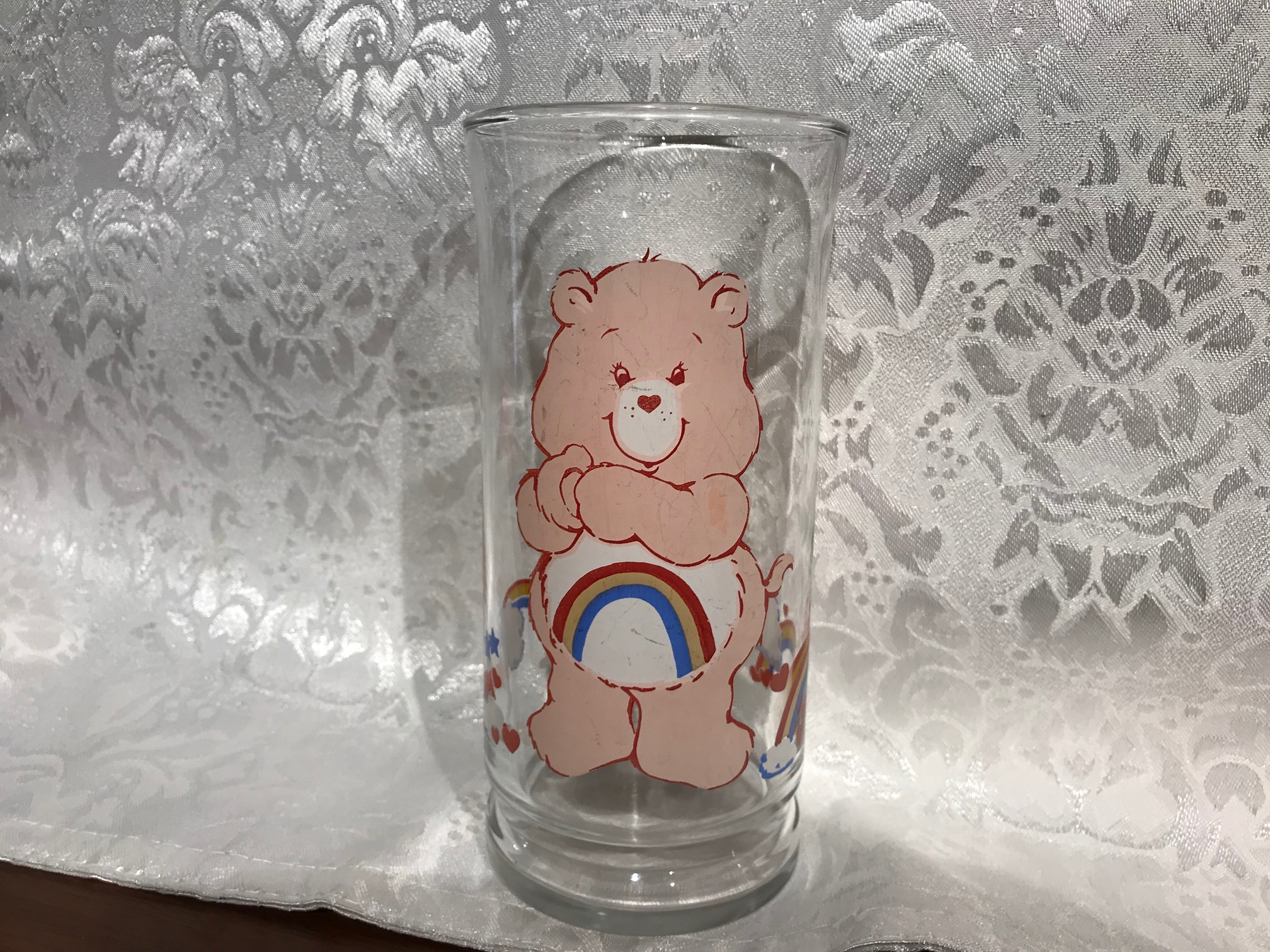
1) Pink fur of Cheer Bear:
- Lead (Pb): 61,000 +/- 1,900 ppm
- Cadmium (Cd): 1,265 +/- 79 ppm
- Zinc (Zn): 97 +/- 36 ppm
- Titanium (Ti): 31,800 +/- 1,500 ppm
- Platinum (PT): 674 +/- 206 ppm
- No other metals were detected in consumer goods mode by the XRF instrument.
2) Rainbow in Cheer Bear’s tummy:
- Lead (Pb): 115,900 +/- 4,800 ppm
- Cadmium (Cd): 4,297 +/- 314 ppm
- Zinc (Zn): 656 +/- 85 ppm
- Titanium (Ti): 21,600 +/- 1,400 ppm
- Cobalt (Co): 1,644 +/- 221 ppm
- No other metals were detected in consumer goods mode by the XRF instrument.
3) Plain white of Cheer Bear’s tummy:
- Lead (Pb): 69,100 +/- 2,100 ppm
- Cadmium (Cd): 1,272 +/- 79 ppm
- Titanium (Ti): 26,900 +/- 1,300 ppm
- Platinum (Pt): 599 +/- 206 ppm
- No other metals were detected in consumer goods mode by the XRF instrument.
4) Plain unpainted glass of Cheer Bear glass:
- Barium (Ba): 619 +/- 237 ppm
- Chromium (Cr): 244 +/- 102 ppm
- Copper (Cu): 34 +/- 20 ppm
- Iron (Fe): 219 +/ 45 ppm
- Bismuth (Bi): 17 +/- 8 ppm
- No other metals were detected in consumer goods mode by the XRF instrument.
Is this much Lead a problem? How much Lead is “too much” Lead?
The amount of Lead considered unsafe (and illegal) in a newly-manufactured item “intended for use by children” is anything 90 ppm Lead or higher in the paint, coating, or glaze, and anything 100 ppm Lead or higher in the substrate. The painted coating on this glass is 115,900 ppm Lead. These glasses were indisputably intended for use by children — and are, it turns out, still being used by children all over the country today (because moms who are in their 30’s have saved them to hand down to their children, not knowing they are painted with incredibly high-Lead-content paint).
It just takes a literally microscopic amount of Lead in house dust — or food (!) — to poison a child or anyone for that matter. It is my firm belief that given what we now know about its extreme toxicity, there is no room for any Lead in our homes — especially not in our kitchens. There are hundreds (if not thousands) of readily available, inexpensive Lead-free choices for drinking glasses today, and so there is just no defensible reason to have glassware in our homes with any amount of Lead in them — let alone super-high levels of Lead (and especially in a painted surface coating subject to wear with use and age).
Here’s an affiliate link* for the Lead-free glasses we use every day in our home: https://amzn.to/2QM79WS
How might the Lead from a glass like this get into my body?
Isn’t it “only on the outside?”
While the Lead is “only on the outside” of the glass, these painted designs definitely do wear over time. Potential pathways for the micro-particulate Lead to get in to your body (no, you wouldn’t “need to lick the paint” — as some frightfully-ignorant cynic/ troll once snarkily commented) include:
- Lead micro-particles wearing off onto the hand of the user drinking from the glass (followed by hand-to-mouth activity at the table — like eating pizza, fried chicken, or even an apple).
- Lead micro-particles wearing off into your dishwasher during the washing and drying cycles (and thereby getting on to the inside of your dishes that you consider “clean”).
- Lead micro-particles wearing off into your sink when washing the items (see note #2 above).
- Lead micro-particles wearing off into your cabinets with long-term storage of the items (and becoming part of the general dust-borne-Lead in your home).
- Lead micro-particles wearing off into other items stored in your cabinets if the items are stacked at all (not necessarily a problem in the case of these glasses as they are unlikely to be stacked, but more of a concern with other items, such as older high-Lead Pyrex glass measuring cups, or vintage Pyrex casserole dishes, or mixing bowls, or vintage Corning casserole dishes (all usually with high levels of Lead on the outside) — see image below…
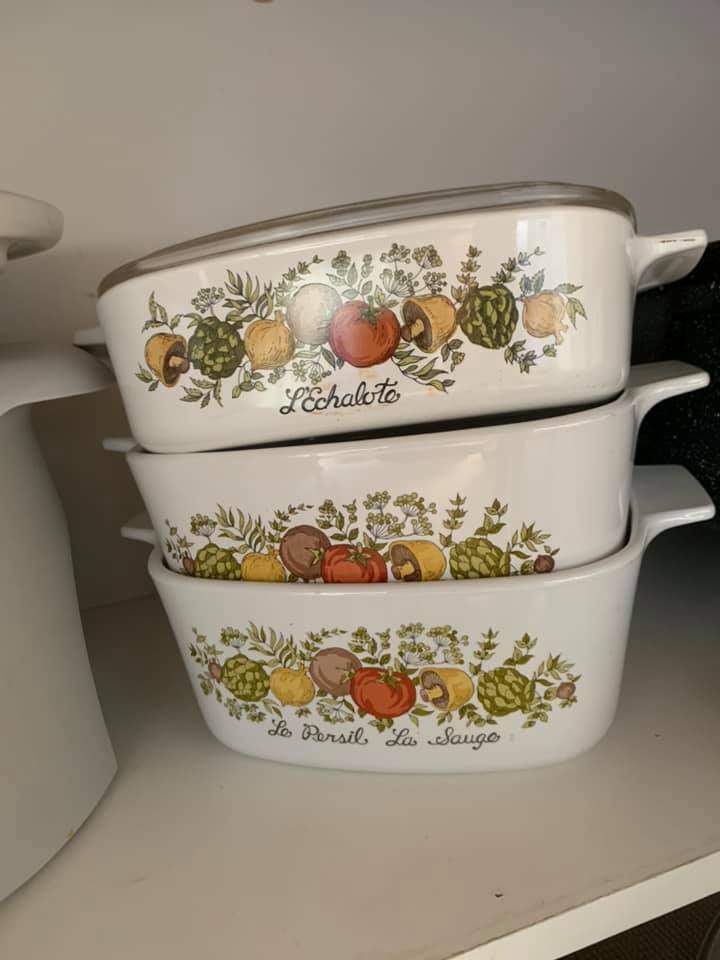
While merely drinking from a glass like this would not likely ever result in acute or high-level Lead poisoning (although it conceivably could), regular use of a glass like this over time is likely to contribute to the cumulative, chronic low-level Lead exposure, which would very likely go undetected by most doctors or lab tests — as they are geared towards detecting acute/ high-level blood Lead elevations. Yet such chronic low-level, cumulative exposure is certainly/ potentially enough to cause long-term negative health impacts like ADHD (documented as an impact of blood Lead levels as low as 2.0 and lower), and reproductive health disorders (which have been documented to happen at blood Lead levels as low as 0.43 micrograms of Lead per deciliter of blood). You can read more about the potential impact of low-level chronic Lead exposure at this link. You can read more about the impacts on fertility at this link. Chronic low-level Lead exposure should be avoided at all costs — especially when it is easily avoidable (for example, by making sure your cookware and glassware and dishes are Lead-free!).
Some more information about Lead in glassware/ drinking glasses:
- Here’s a link to an article about a study from 2017 that investigated potential concerns for Lead found on glassware.
- To see more Care Bear pieces on LeadSafeMama.com, click here.
- To see more articles about glassware that we have written, click here.
- To see the Lead-free drinking glasses we use in our home, click here.
Wait… What?… Cadmium? Isn’t that extremely poisonous?!
This glass is also positive for 4,297 ppm Cadmium. Cadmium causes cancer (it is classified as a “known carcinogen”) and, for context, is illegal in consumer goods in Denmark at levels of 75 ppm or higher. Here in the U.S. (where — incredibly — there is still no federal regulation prohibiting carcinogen in consumer goods) it is illegal in the State of Washington, at 40 ppm or higher. To read more about the concerns for Cadmium in consumer goods, click here.
All results reported on this website are science-based and replicable. Testing is completed for a minimum of 60 seconds per component unless otherwise noted. The XRF instrument used is the Niton XL3T — the same instrument used by the United States Consumer Product Safety Commission (CPSC) for testing for Lead in consumer goods.
Tamara Rubin
#LeadSafeMama
*Amazon links are affiliate links. If you purchase something after clicking on one of these links, Lead Safe Mama, LLC may receive a small percentage of what you spend at no extra cost to you. Thank you!
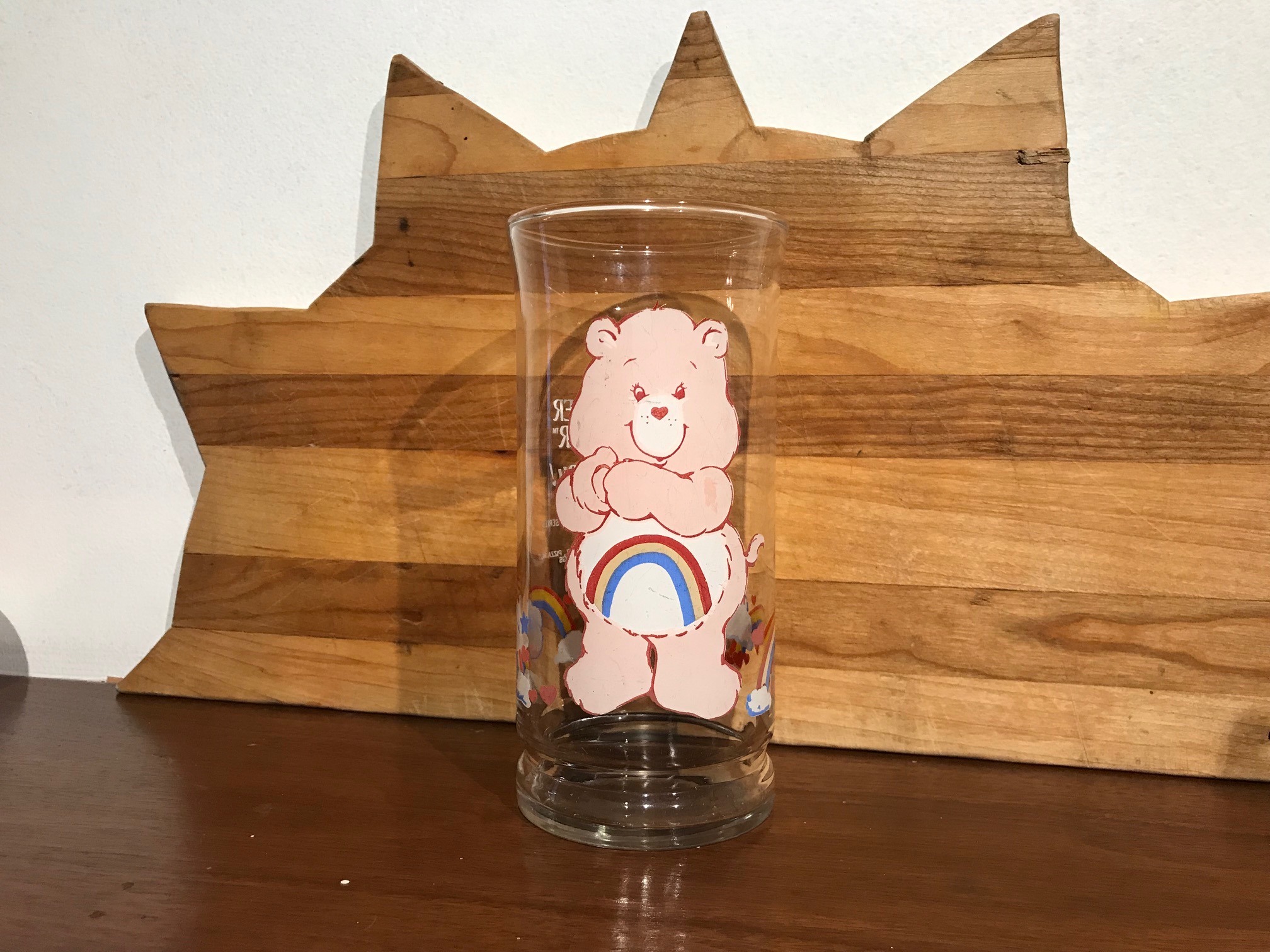
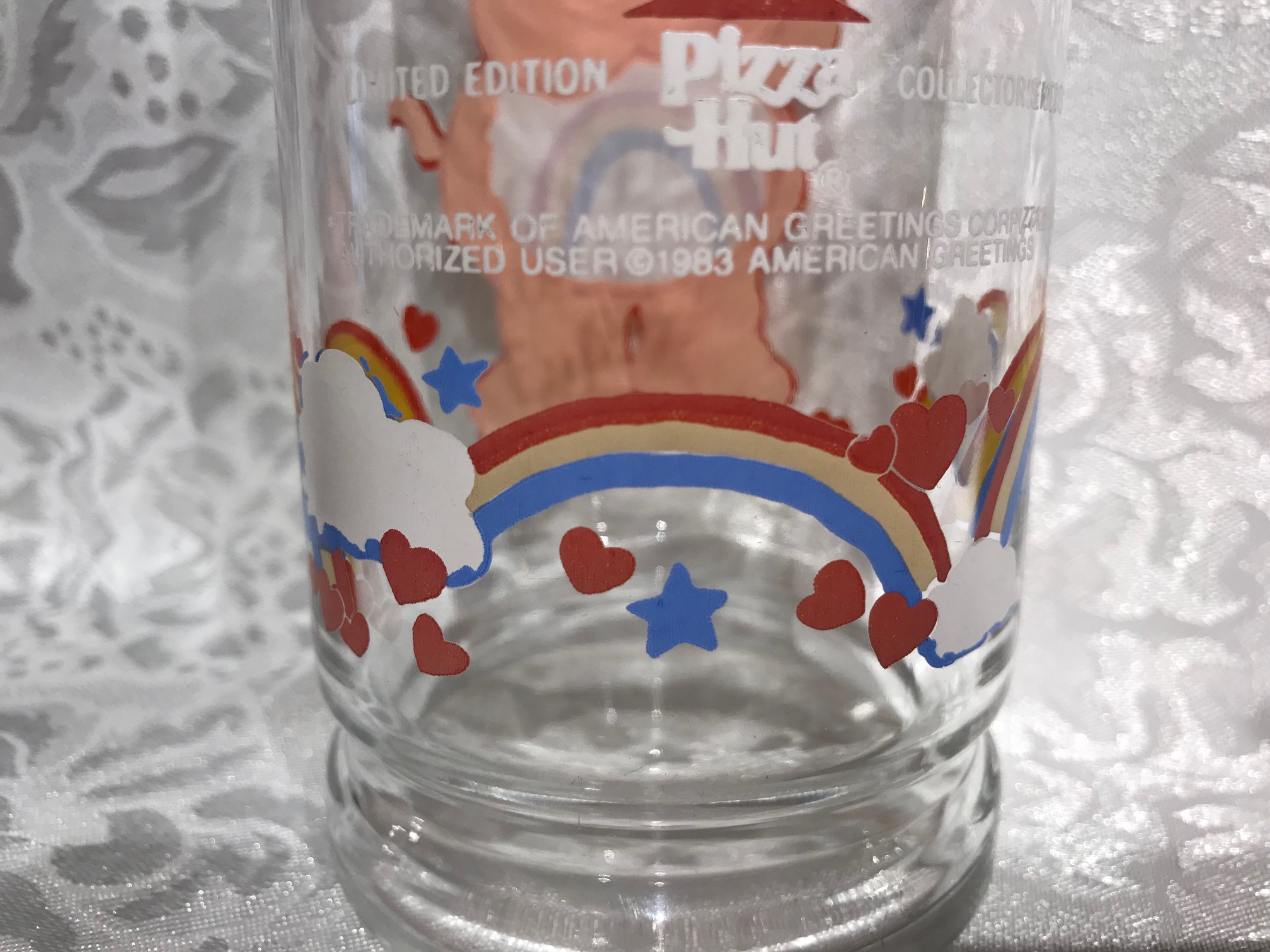
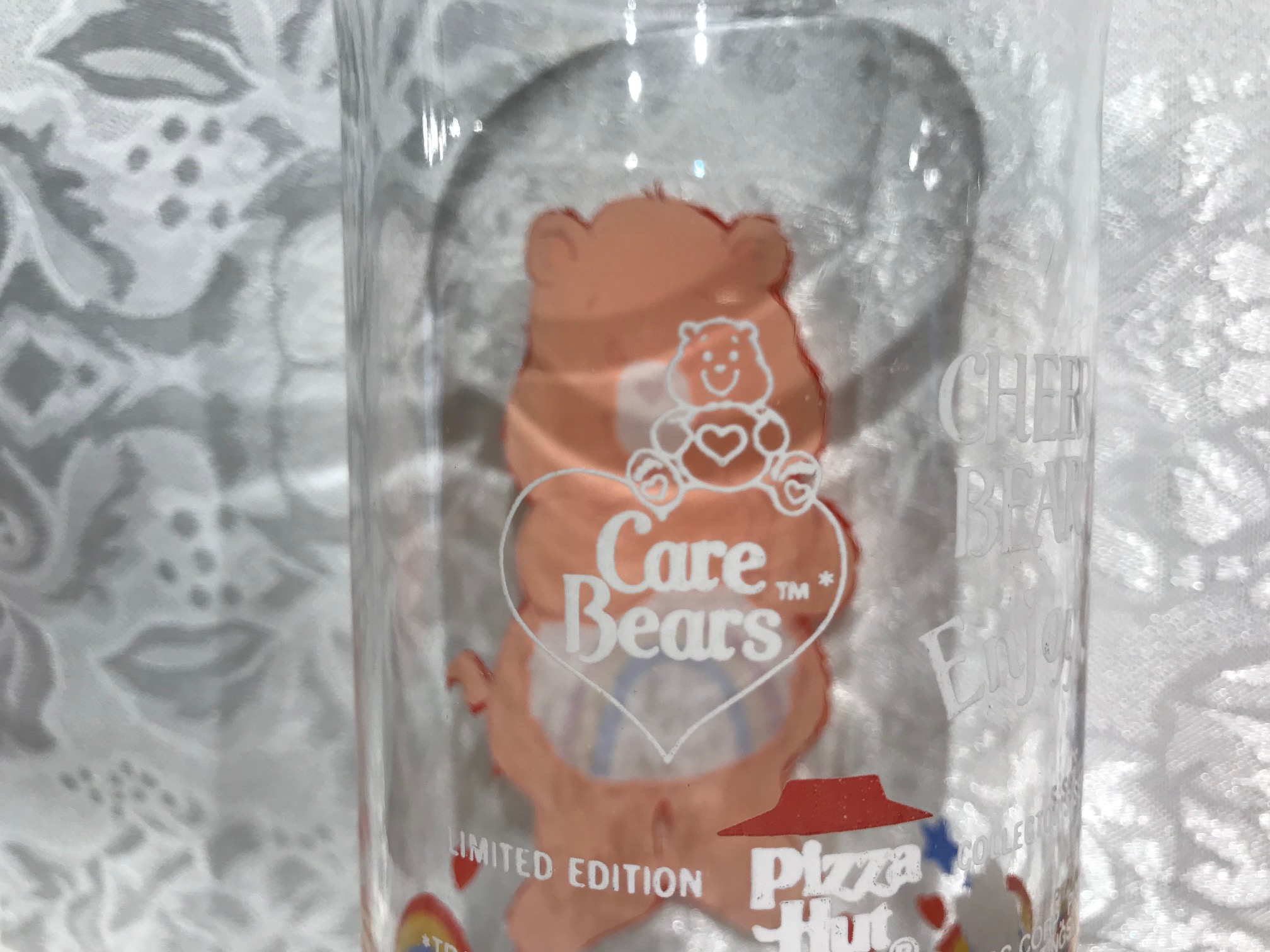
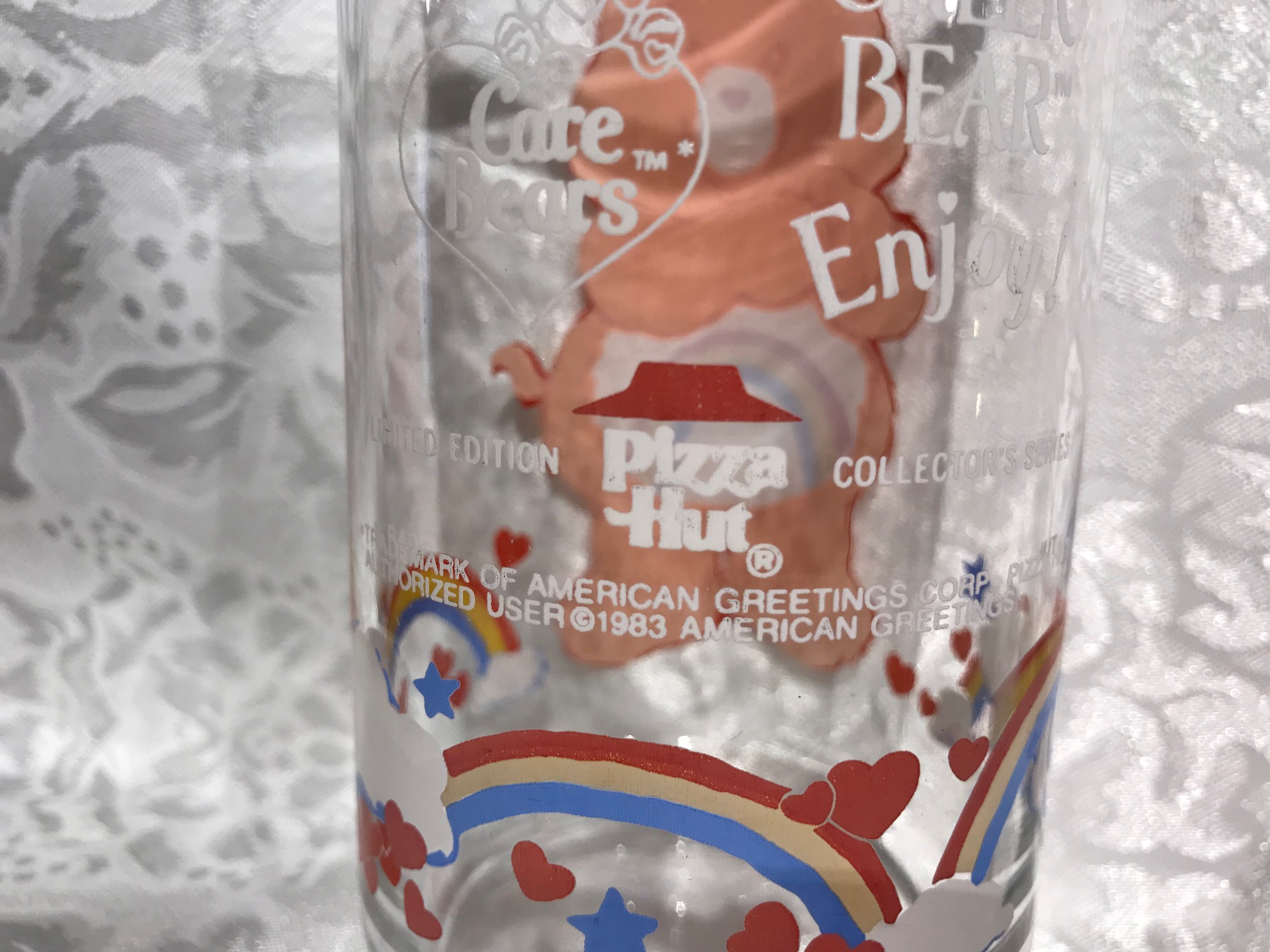
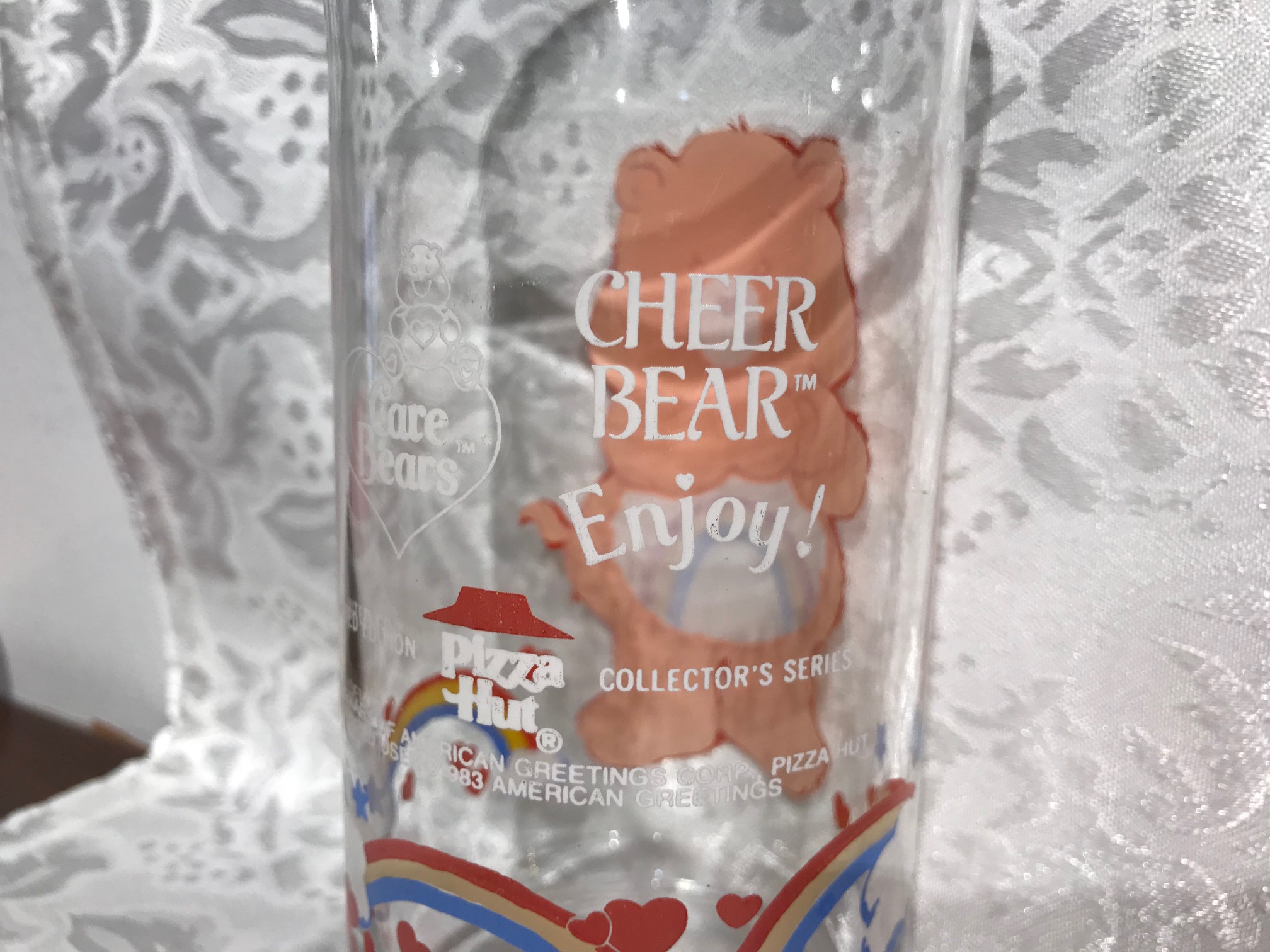
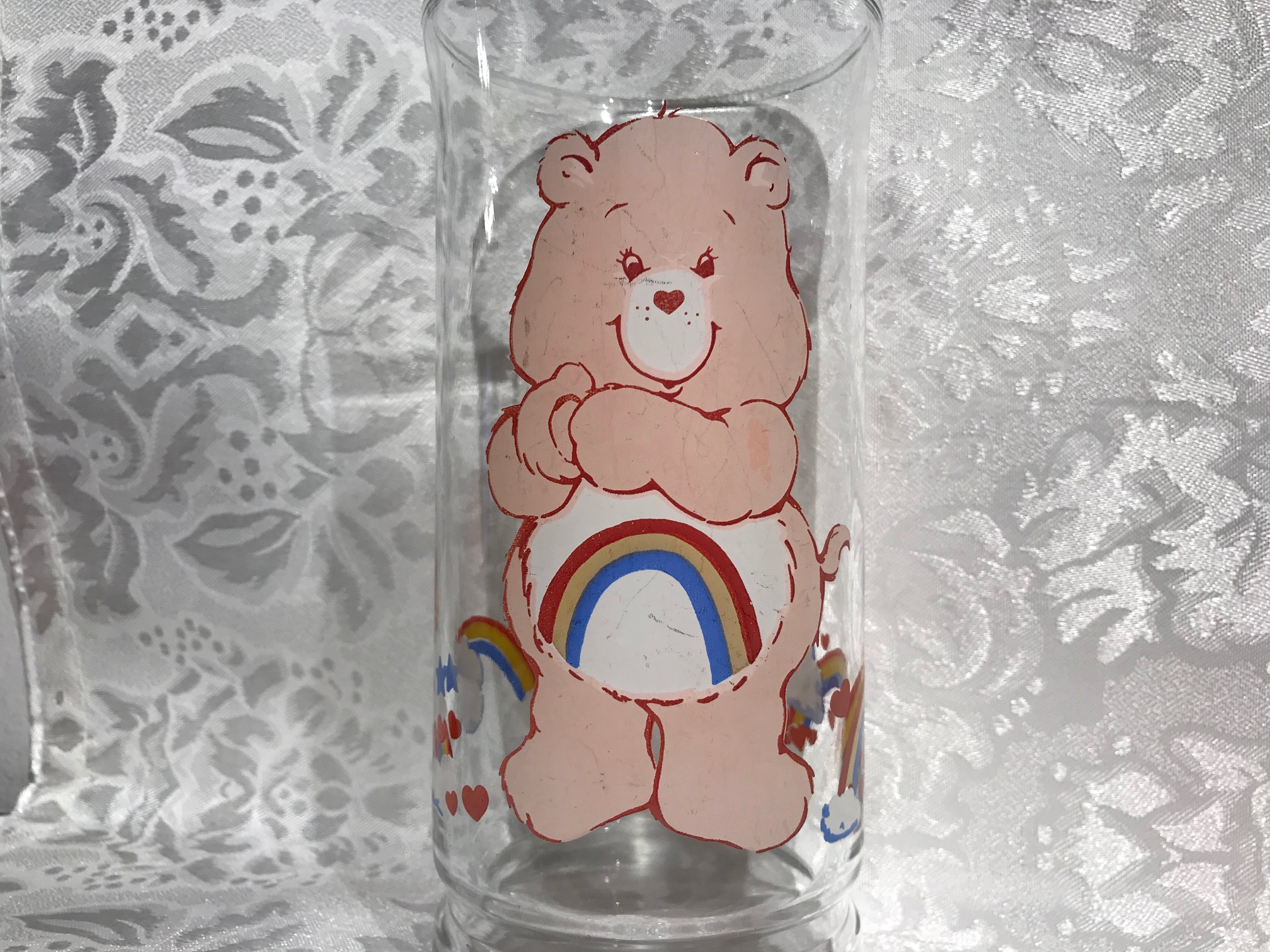
Never Miss an Important Article Again!
Join our Email List








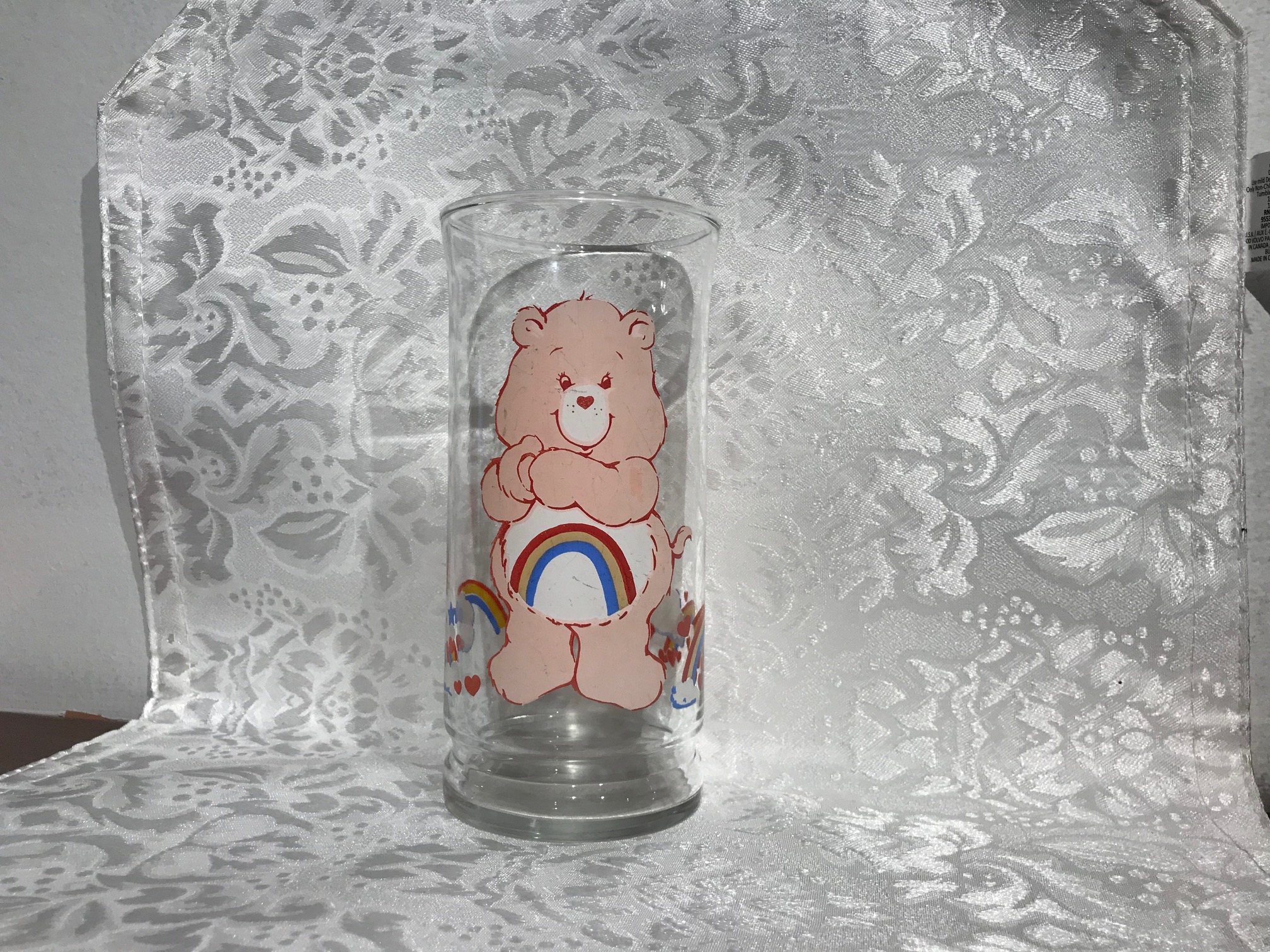

Hi, I had been using this cup and another one from the collection for the past couple months. After reading this just now I’m no longer using them and have banished them to the closed off display case. Thank you so much for testing these! I had planned on using them for years, glad to now know better.
Thank you for taking the time to comment!
Tamara
I am overwhelmed to learn that so many of the little things I have held on to, intending to give to my grandchildren are laden with lead!!! Thanking you for your commitment to orovidi g this information!
Am I still able to display them for decorations? Or would that cause lead to go into the air of my house?
Also would lead leak into my household items and infection everything?